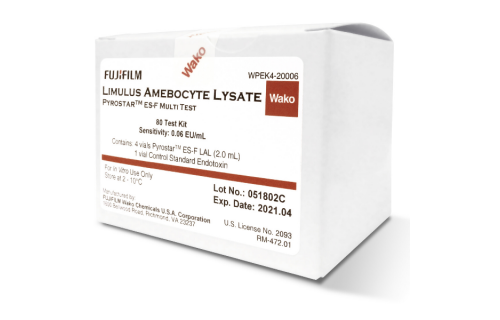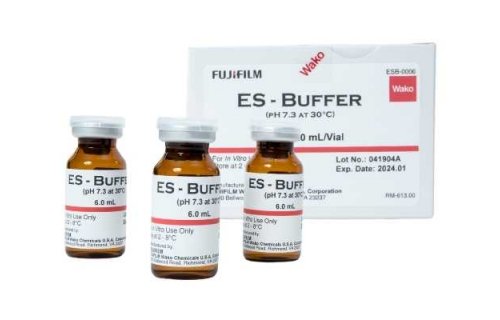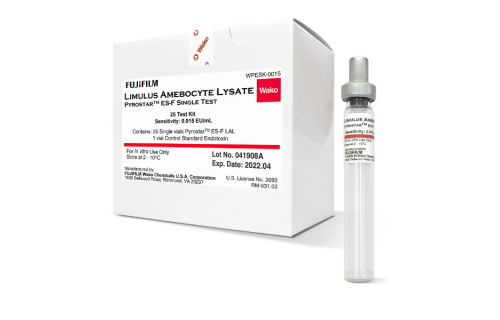Where and why is the LAL Test performed?
The LAL test (acronym for Limulus Amebocyte Lysate) is a test for the determination of bacterial endotoxins, which uses an Amebocyte Lysate of the Limulus crab. In this test, the reactions which occur in the Amebocyte Lysate as a result of a defence mechanism of the crab in the presence of endotoxins and which conclude with a gelation process are used. These tests have detection mechanisms like the appearance of gel or changes in colour, which occur when a chromophore is added to the environment so that a colour change is achieved related to the reactions triggered by the endotoxins.
Discover and quote online our Endotoxin-Specific LAL Reagents HERE
The LAL tests are named based on the detection mechanism, such as the Gel CLot Method, the Chromogenic Method or the Turbidimetric Method. Likewise, these methods can be used in a qualitative manner when the goal of the test is to know if there are bacterial endotoxins in an environment, or in a quantitative manner when it is necessary to know the concentration of bacterial endotoxins present.
The LAL test is conducted in different environments, such as the pharmaceutical industry, factories of medical devices, hospitals or research centres. In the production of medicines and specifically those that are to be administered parenterally, it is crucial to control the presence of bacterial endotoxins. The reason for this is that if the medicine contained toxins, these would go directly to the bloodstream of the animal or person to whom the medicine is being administered. The LAL test is carried out as a method for the control of pyrogens at all stages of the production of medicines and biological products. The LAL test has been the preferred method since the 80s for controlling the quality of these products. The clinical tests conducted with the goal of determining the presence of endotoxins also use the LAL test as the method for the detection of endotoxins.
YOU MIGHT ALSO BE INTERESTED IN: The determination of endotoxins in the plasma via the LAL method
The need to carry out the LAL test lies in the toxicity of bacterial endotoxins. These toxins, which are present in an endogenous manner in Gram-negative bacteria, as they are part of the bacterial membrane, are released to the environment when the bacteria die. Bacterial endotoxins are dangerous for mammals and cause infections that could be deadly in many cases. Due to the high level of resistance of these toxins, it is necessary to carry out the LAL test in different environments and control all the environments where they can spread.
The LAL division of Wako offers different products to carry out the LAL test through the different methods with which this test can be conducted. The Limulus KY color Kit is Wako’s test for determining endotoxins through the chromogenic method. This test can be conducted with the end point method or the kinetic method. The turbidimetric method is used in ES-F Kits in the formats offered by Wako to its clients (The Limulus ES-2 Test and the PYROSTAR™ ES-F/Plate). On the other hand, the Limulus ES II Test of Wako is based on the Gel Clot method. With the right choice, these kits can conduct the determination of endotoxins in different environments.






